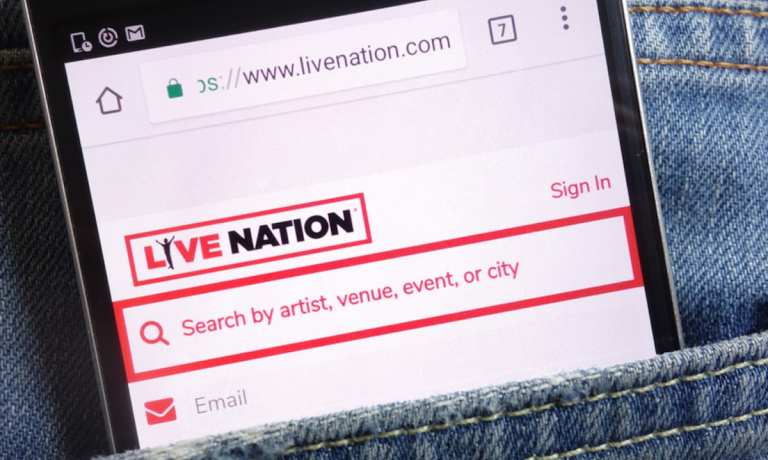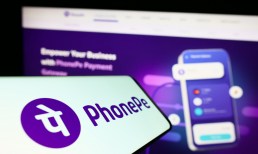Given that live television news and sports have been a household staple since the 1950s, pay-per-view dates back to the ’80s, and online media services like Netflix have been around for almost 15 years, the new frontier in media is set to take low-budget livestreaming out of the basement, spruce it up and put it into the limelight.
Nowhere is the upscaling of livestreaming better illustrated than in Live Nation’s acquisition last week of music streamer Veeps — because if you can’t go to a concert, why not have the concert come to you?
“The platform [Veeps] is designed for ticketed livestreams, and facilitates enhanced engagement between artists and fans with features like chat and exclusive merch purchases, while also supporting broad social marketing and intimate VIP offerings,” stated Live Nation’s press statement, noting that Veeps had hosted 1,000 events last year alone.
“Livestreaming is a great complement to our core business, and essentially gives any show an unlimited capacity,” said Michael Rapino, president and CEO of Live Nation Entertainment. “Looking to the future, livestreams will continue to unlock access for fans – whether they are tuning into a sold-out show in their hometown or watching their favorite artist play in a city halfway around the world.”
While the increased availability of content is great for consumers, Live Nation also points out that it benefits artists, too, by offering them a commission-free platform (or stage) from which to perform and grow their fanbase.
So Much Live Content
Advertisement: Scroll to Continue
Currently, the livestreaming universe is globally dominated by the video gaming business via platforms such as Twitch, which literally carries over a billion hours of what is essentially no-cost content (e.g., people playing video games against each other) to tens of millions of fans.
There are also more than a dozen other major platforms — YouTube, Facebook Live, Twitter/Periscope — that allow pretty much anyone with a smartphone and a good Wi-Fi connection to broadcast their message live to the world.
Oftentimes, these livestreams are little more than self-indulgence, while other times, they have served to document history as it was made. Think of the live imagery of the recent raid of the U.S. Capitol or last summer’s social justice protests, and the power of being able to “go live” becomes clear.
There’s also a ton of unproduced livestreamed events permeating the workspace right now, thanks to the COVID-era surge in video conferencing and classes via platforms such as Zoom.
While these are all valid uses of digital media and cost-effective ways of connecting and communicating when the pandemic made that otherwise impossible, the overwhelming majority of live video content is little more than a video chat. What that means is that for all its ubiquity, livestreaming is still the Wild West — and a highly underutilized asset.
Evolution Of Live
In discussing their merger, Live Nation and Benji and Joel Madden — the rock-star twin brothers who founded Veeps in 2017 — called the tie-up “a natural fit and evolution for our business.” Far from holding up a cellphone at a concert, these are well-planned, marketed and highly produced “premium ticketed events” that generated over $10 million in revenue at a time when basically every music venue was closed.
In addition, other businesses and applications are looking to monetize livestreaming, such as online shopping and huge group events, like China’s Singles’ Day, which allows millions of viewers to simultaneously watch a show and shop together.
In fact, earlier this week, the head of Beijing-based Scienjoy Holdings announced that it was using “cutting-edge technology and high-quality content-creating applications” to drive revenue growth for its platforms. Scienjoy CEO Victor He cited the “intensifying segmentation of the livestreaming industry and the increasing demand for high-quality content” as drivers of the company’s move to bring better live content to its 243 million registered users, most of whom presumably have a payment source attached to their accounts.
Other commercially backed livestreamers include the financial services firm TD Ameritrade, which just announced plans to expand its lineup of daily livestreamed investment shows after more than doubling its viewership in 2020.
Other recent developments have seen the emergence of livestreamed chess lessons and the launch of the new app Debately, which allows people to connect with other users and have a civilized argument for all the world to see.
Read More On Streaming:




